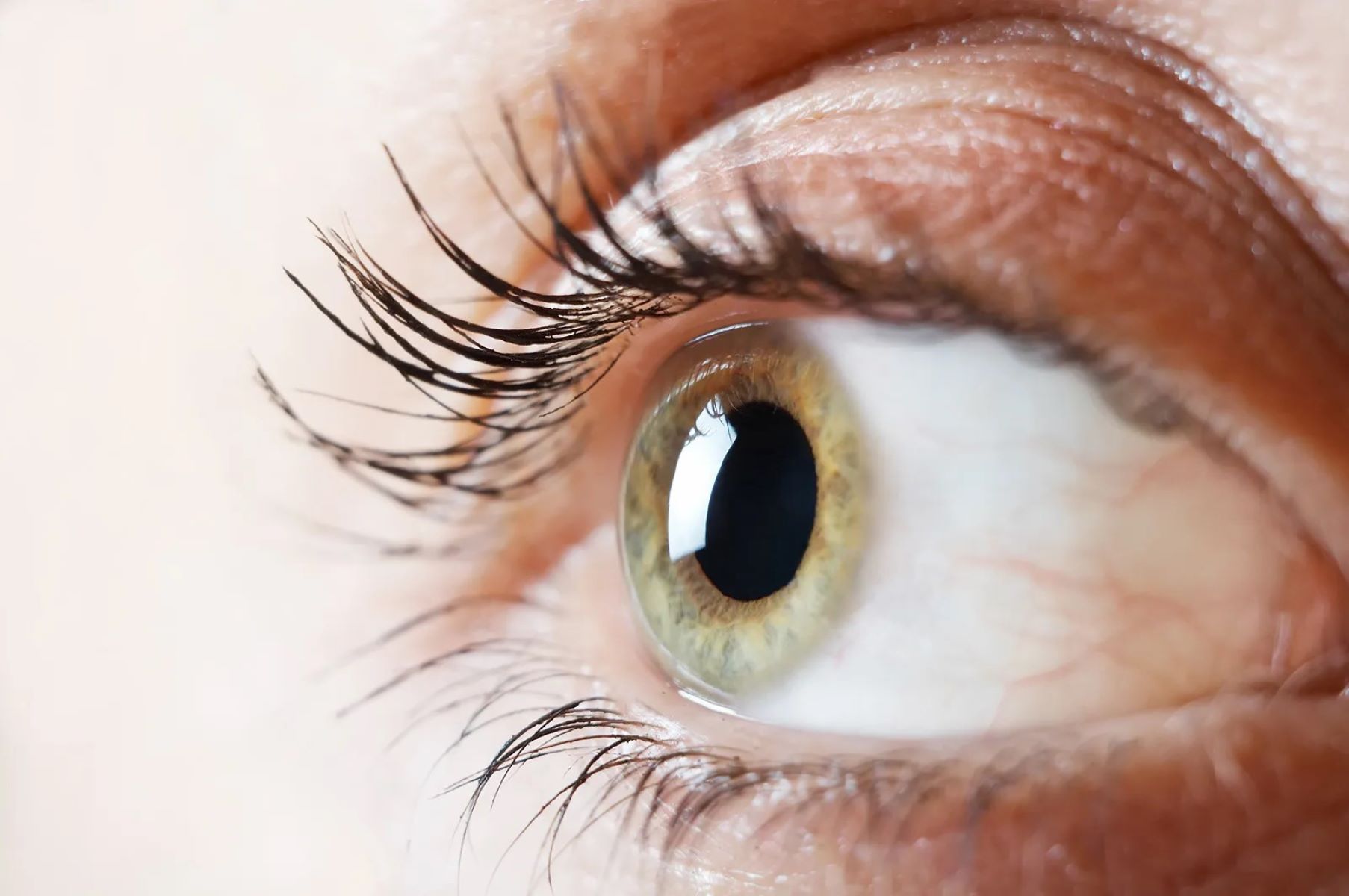
Spastic Ataxia-Corneal Dystrophy Syndrome is a rare genetic disorder that affects movement and vision. This condition combines symptoms of spastic ataxia, which impacts muscle coordination and balance, with corneal dystrophy, a disorder that clouds the cornea, leading to vision problems. Caused by mutations in specific genes, this syndrome can manifest in various ways, making diagnosis and treatment challenging. Understanding the intricacies of this condition is crucial for those affected and their families. This article will delve into 30 essential facts about Spastic Ataxia-Corneal Dystrophy Syndrome, shedding light on its symptoms, causes, and potential treatments. Whether you're a patient, caregiver, or simply curious, these insights will provide valuable knowledge about this complex disorder.
Key Takeaways:
- Spastic Ataxia-Corneal Dystrophy Syndrome is a rare genetic disorder affecting the nervous system and eyes. It causes muscle stiffness, vision problems, and speech difficulties, often appearing in early childhood and worsening over time.
- Diagnosis involves genetic testing and clinical evaluations. While there is no cure, treatments like therapy, medications, and support groups can help manage symptoms and improve quality of life. Ongoing research aims to find better treatments and, hopefully, a cure in the future.
Understanding Spastic Ataxia-Corneal Dystrophy Syndrome
Spastic Ataxia-Corneal Dystrophy Syndrome is a rare genetic disorder. It affects both the nervous system and the eyes. Let's dive into some fascinating facts about this condition.
-
Rare Genetic Disorder: This syndrome is extremely rare, with only a few documented cases worldwide.
-
Genetic Mutation: It is caused by mutations in specific genes that affect nerve function and eye health.
-
Inherited Condition: The syndrome is typically inherited in an autosomal recessive manner, meaning both parents must carry the gene mutation.
-
Nervous System Impact: It primarily affects the nervous system, leading to spasticity and ataxia.
-
Spasticity: Individuals experience increased muscle tone and stiffness, making movement difficult.
-
Ataxia: This refers to a lack of muscle coordination, affecting balance and speech.
-
Corneal Dystrophy: The syndrome also causes corneal dystrophy, leading to vision problems.
-
Eye Symptoms: Symptoms include cloudy vision, light sensitivity, and recurrent eye infections.
-
Early Onset: Symptoms often appear in early childhood, sometimes even in infancy.
-
Progressive Condition: The symptoms tend to worsen over time, requiring ongoing medical care.
Diagnosis and Symptoms
Diagnosing Spastic Ataxia-Corneal Dystrophy Syndrome can be challenging due to its rarity. Here are some key points about its diagnosis and symptoms.
-
Clinical Evaluation: Diagnosis often starts with a thorough clinical evaluation by a neurologist and ophthalmologist.
-
Genetic Testing: Confirming the diagnosis usually involves genetic testing to identify the specific mutations.
-
MRI Scans: Brain MRI scans can reveal abnormalities in the cerebellum, which is affected by ataxia.
-
Electromyography (EMG): EMG tests can help assess the extent of muscle spasticity.
-
Vision Tests: Eye exams are crucial to detect corneal dystrophy and other vision issues.
-
Developmental Delays: Children with this syndrome may experience delays in reaching developmental milestones.
-
Speech Difficulties: Speech may be slurred or slow due to muscle coordination problems.
-
Gait Abnormalities: Walking can be unsteady, with a wide-based gait often observed.
-
Fine Motor Skills: Tasks requiring fine motor skills, like writing, can be particularly challenging.
-
Fatigue: Individuals may tire easily due to the effort required for movement and coordination.
Treatment and Management
While there is no cure for Spastic Ataxia-Corneal Dystrophy Syndrome, various treatments can help manage symptoms and improve quality of life.
-
Physical Therapy: Regular physical therapy can help maintain muscle strength and flexibility.
-
Occupational Therapy: Occupational therapy focuses on improving daily living skills and independence.
-
Speech Therapy: Speech therapy can assist with communication difficulties.
-
Medications: Muscle relaxants and antispasticity drugs can help reduce muscle stiffness.
-
Vision Care: Regular eye check-ups and treatments for corneal dystrophy are essential.
-
Assistive Devices: Mobility aids like walkers or wheelchairs can enhance mobility and safety.
-
Nutritional Support: A balanced diet and nutritional supplements may be recommended to support overall health.
-
Genetic Counseling: Families may benefit from genetic counseling to understand inheritance patterns and risks.
-
Support Groups: Connecting with support groups can provide emotional support and practical advice.
-
Research and Trials: Ongoing research and clinical trials aim to find better treatments and, hopefully, a cure in the future.
Final Thoughts on Spastic Ataxia-Corneal Dystrophy Syndrome
Spastic Ataxia-Corneal Dystrophy Syndrome is a rare condition that affects both movement and vision. Understanding its symptoms, causes, and treatments can make a big difference for those affected. Early diagnosis and intervention are crucial for managing the symptoms and improving quality of life. Genetic counseling can provide valuable insights for families dealing with this syndrome. While research is ongoing, current treatments focus on symptom management rather than a cure. Staying informed and connected with healthcare providers can help navigate the challenges posed by this condition. Remember, knowledge is power when it comes to rare diseases. Keep advocating for more research and support for those living with Spastic Ataxia-Corneal Dystrophy Syndrome.
Frequently Asked Questions
Was this page helpful?
Our commitment to delivering trustworthy and engaging content is at the heart of what we do. Each fact on our site is contributed by real users like you, bringing a wealth of diverse insights and information. To ensure the highest standards of accuracy and reliability, our dedicated editors meticulously review each submission. This process guarantees that the facts we share are not only fascinating but also credible. Trust in our commitment to quality and authenticity as you explore and learn with us.
